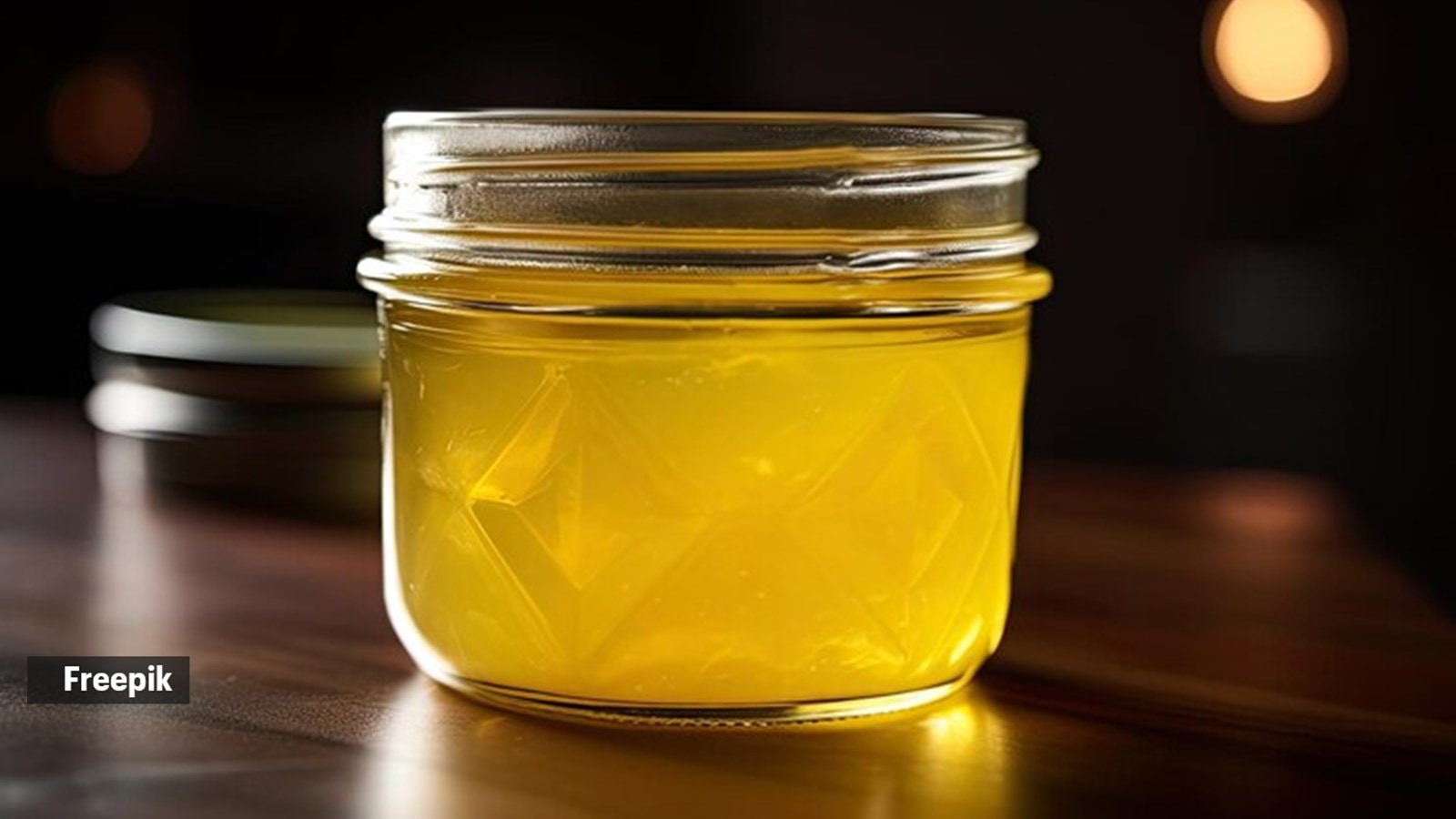Food adulteration is at an all-time high, and the latest example has surfaced from Hyderabad, where a crackdown on illegal food manufacturing units has led to alarming discoveries. According to a report by The Hindu, authorities seized 575 litres of adulterated ghee and 7,000 kg of contaminated ginger-garlic paste from units operating across LB Nagar, Maheshwaram, Malkajgiri, and Bhongir.
These units were running without Food Safety and Standards Authority of India (FSSAI) approvals or trade licences. Officials also found expired raw materials, banned synthetic food colours, and highly unhygienic conditions.
While such headlines raise concerns about public health, it’s crucial to understand the potential effects of consuming these adulterated products, and how to detect them.
Story continues below this ad
What happens when you consume adulterated ghee and ginger-garlic paste?
Deepalakshmi, a registered dietitian at The Cleft and Craniofacial Centre, Sree Balaji Medical College & Hospital, Chennai, told indianexpress.com that ginger-garlic paste is often bulked up with starch such as maida or cornflour. “It may also contain artificial colours and preservatives to make it appear fresh and last longer. In some cases, spoiled or old ginger and garlic are reused,” she explained.
Consuming such paste can cause digestive issues like gas, acidity, or diarrhoea. “Over time, it may also affect your liver and kidneys,” she said. Some individuals may experience allergies, skin problems, or respiratory issues due to chemical adulterants. Moreover, when the paste is impure, it loses natural benefits such as aiding digestion, reducing inflammation, and fighting infections.
 Do this ghee purity test at home (Source: Freepik)
Do this ghee purity test at home (Source: Freepik)
As for ghee, she noted it is frequently adulterated with vanaspati, animal fat, starch, or artificial flavourings —– substances that mimic the look of pure ghee but are harmful. “Vanaspati is high in trans fats, which increase bad cholesterol and raise the risk of heart disease. It’s also harder to digest and may lead to weight gain or liver damage,” Deepalakshmi warned. Regular consumption of such adulterated ghee can slowly harm the body.
Purity tests at home
According to her, there are some easy ways to check for adulteration at home. “For ginger-garlic paste, you can add a few drops of iodine to a spoonful. If it turns blue or black, starch is present. You can also put the paste in a glass of water. If white powder settles at the bottom, it likely contains maida. A sour or strange smell could mean that spoiled ingredients were used,” Deepalakshmi said.
Story continues below this ad
To test ghee, put a small amount in the fridge for a few hours. “Pure ghee will solidify evenly. If it forms layers or has a different texture, it may be mixed with other fats. When melted, pure ghee becomes clear. Adulterated ghee may leave residue or have an unpleasant smell,” she said. To avoid these risks, always read the label and buy products from trusted brands. Look for the FSSAI mark.
For ginger-garlic paste, check that the ingredients include only ginger, garlic, and a small amount of oil or salt. Avoid very cheap products or loose ghee sold without proper packaging. If possible, prepare small amounts of ginger-garlic paste at home.
Using adulterated food items may not show immediate effects, but over time, they can cause serious health problems.
























